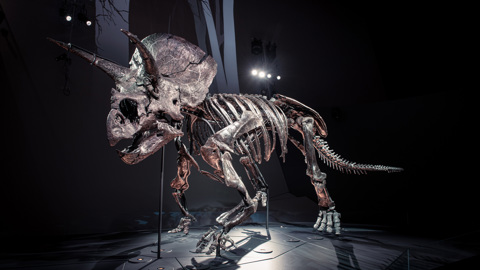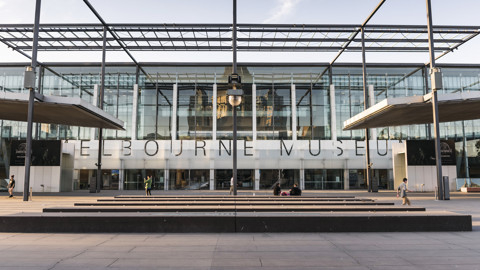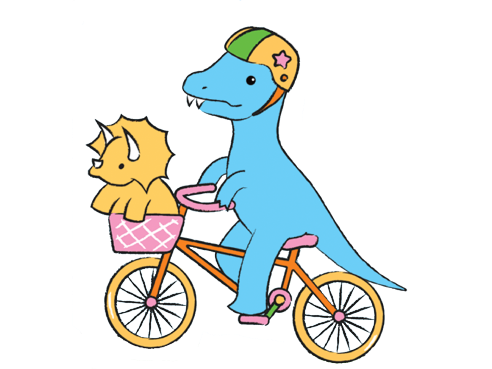The Senjov Family
We had been displaced and our lives were disrupted; but we always considered ourselves Ukrainians...We knew our cultural heritage and traditions which sustained us for generations.Katerina Senjov, translated by Natalie Senjov-Makohon, reproduced in What Happened at the Pier. Recalling the Journey II (Lella Cariddi and Multicultural Arts Victoria, 2018)
Katerina Senjov (formerly Burlak) was born, one of nine children, in 1928 on a farm in Bosnia, in former Yugoslavia. Her paternal grandparents migrated there from Ukraine and always culturally identified as Ukrainians. Along with other families in the area, including the Burlak and Senjov families, they learned Ukrainian craft practices, spoke Ukrainian and were supported by the local Ukrainian Catholic Church.
World War II destroyed many Ukrainian farms in Bosnia, including those of the Burlak and Senjov families, and they had to start again. Massive political and economic changes in what had become Yugoslavia resulted in ethnic minorities, including Ukrainians, having to repatriate or settle elsewhere. In 1948, Katerina married Peter Senjov, and in 1952 the extended Senjov family travelled to Trieste, Italy – a significant refugee destination. Here Katerina obtained her formal dressmaking qualifications.
In 1954, she and Peter arrived in Australia and joined other Ukrainian migrants in Geelong. Katerina’s dressmaking qualifications soon found her employment at Pelaco making men’s shirts. They had two children, Natalie and Steven, and in 1962 joined the rest of the Senjov family in Melbourne, where Peter built their new home in Ascot Vale in 1967.
Katerina and Peter shared their precious cultural heritage with their children. Natalie was encouraged to master Ukrainian embroidery, speak Ukrainian and learn the art of making pysanky, the traditional Easter practice of designing, ‘writing’ in wax and exchanging eggs.
The Ukrainian Catholic Church in North Melbourne was a religious and cultural community hub. In 1982, Katerina and Natalie were amongst a group of Ukrainian women who made the vespers for the first ordained Ukrainian Catholic priest in Australia – Peter Senjov’s youngest brother, Dmytro Seniw.
Natalie has continued to keep her culture alive, both at home and through teaching, writing and speaking at conferences. Katerina died in 2021, but the donation by her children, Stephen Senjov and Natalie Senjov-Makohon, of the family’s Ukrainian material cultural heritage to the Museum honours her legacy of cultural preservation and continuity.
Keeping Culture Strong
The traditions and cultural heritage passed on to me by my mother, Katerina Senjov, has given me a sense of identity as a Ukrainian Australian who has contributed to Australian society. I have endeavoured to actively share similar values and culture with my children and grandchildren.Natalie Senjov-Makohon 2025
For many communities who have migrated to Victoria over the last 200 years, the preservation of cultural heritage has been essential to retaining a sense of personal and collective identity. Whether through food, music, dance, language, art and craft, or faith practices, diverse communities have maintained, adapted and shared cultural traditions and enriched the societies in which they settled.
For the Senjov, Burlak and Makohon families the preservation of their Ukrainian cultural heritage has been central to their lives. From Ukraine to Bosnia, Italy to Australia, the families have been able to embed themselves in strong and active Ukrainian communities. Ukrainian Catholic churches and scouting groups have provided important places for the diaspora communities to practise faith and cultural activities such as music and dance. Grandparents shared stories of homeland and parents taught children Ukrainian crafts and the Cyrillic alphabet. Passing on the Ukrainian language has been crucial to identity maintenance.
From the 1950s, Katerina Senjov (formerly Burlak) and subsequently her daughter Natalie Senjov-Makohon, continued the important role of women in keeping cultural traditions alive – as practitioners and transmitters of their Ukrainian language, needlecraft, songs and dance. Katerina was always keen for Natalie to develop from a young age her sewing and embroidery skills.
The preservation of traditional Ukrainian textile designs in Melbourne was aided by a small bookstore in Glenroy, owned by former Ukrainian migrant Mr Fokshan, who imported Ukrainian design and pattern books from Canada. These became crucial references for the women as they recreated the colourful and intricate designs on cushion covers, supper cloths, icon cloths, clothing and ecclesiastical robes.
Needlework, while an essential part of furnishing Ukrainian homes, was also central to cultural rituals such as weddings, Easter celebrations, and gift-giving. Annual Moomba parades in the 1980s and 1990s in Melbourne included a Ukrainian community float featuring excited children dressed in traditional clothing made by their mothers and grandmothers.
This Ukrainian community experience of cultural connection and identity supersedes national borders and citizenship and keeps heritage strong in Australia for generations to come.
Making a home
Embroidered textiles decorate the homes of Ukrainian families in Melbourne, filling them with traditional colours, patterns and symbols. These works of women’s hands were also exchanged as gifts locally and across the globe.
Celebrating faith
Faith practices are central to Ukrainian cultural heritage and creativity plays an important role in celebration rituals. Easter cloths are embroidered and used to cover baskets laden with treats. Eggs are designed, ‘written’ in wax and exchanged, and priestly robes are hand-sewn and detailed with traditional designs.
Wearing culture
Traditional clothing provides a palette on which women inscribe Ukrainian designs. When worn in choirs, dances, parades and special events, blouses become emblems of cultural pride, instantly recognisable by the community.
Designing culture
While women play a crucial role in the transmission of cultural heritage, men too have contributed, particularly through beautiful timber inlay work and playing musical instruments such as the bandura. Books documenting Ukrainian designs imported from overseas have supported collective memory-making in passing on artistic traditions.
Acknowledgements
Immigration Museum wishes to acknowledge Dr Natalie Senjov-Makohon and Steven Senjov for their donation; and Natalie for her contribution to the development of this collection, display and online film.






























